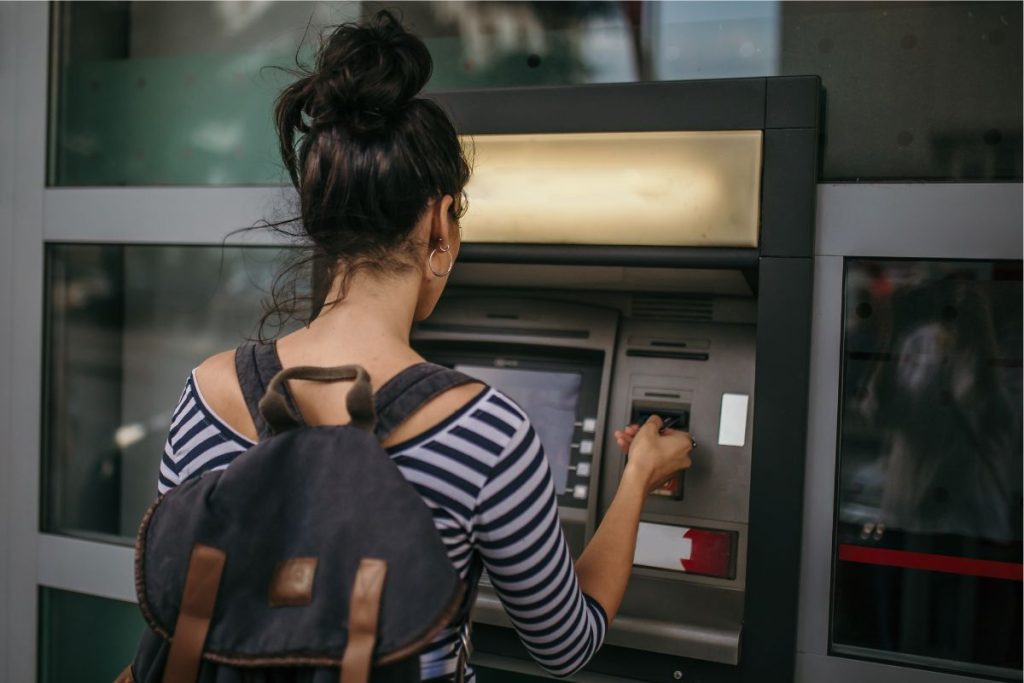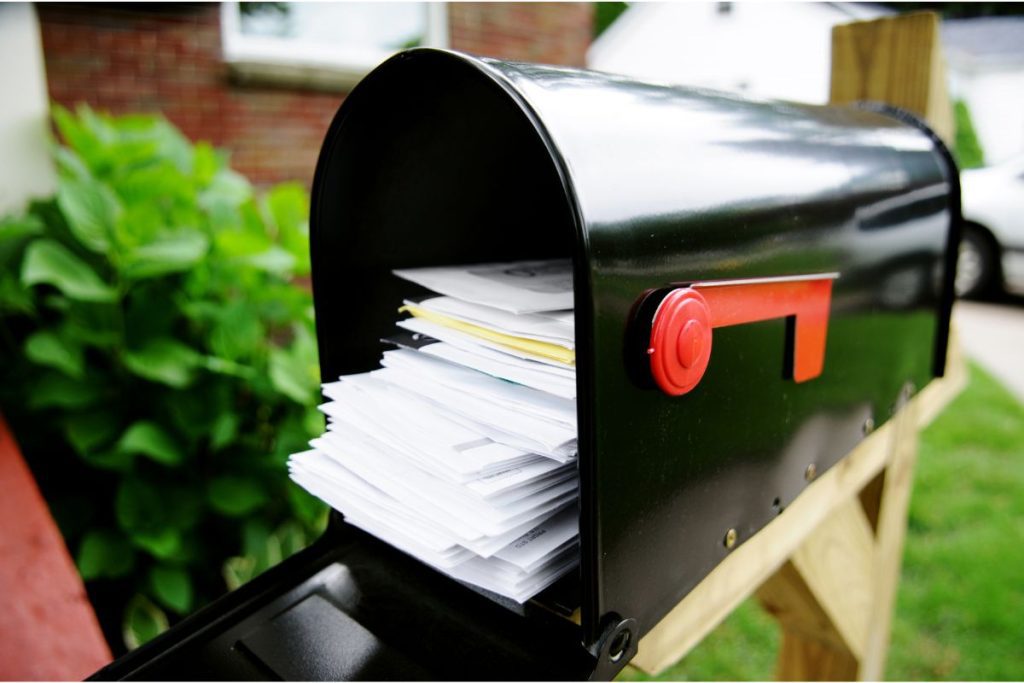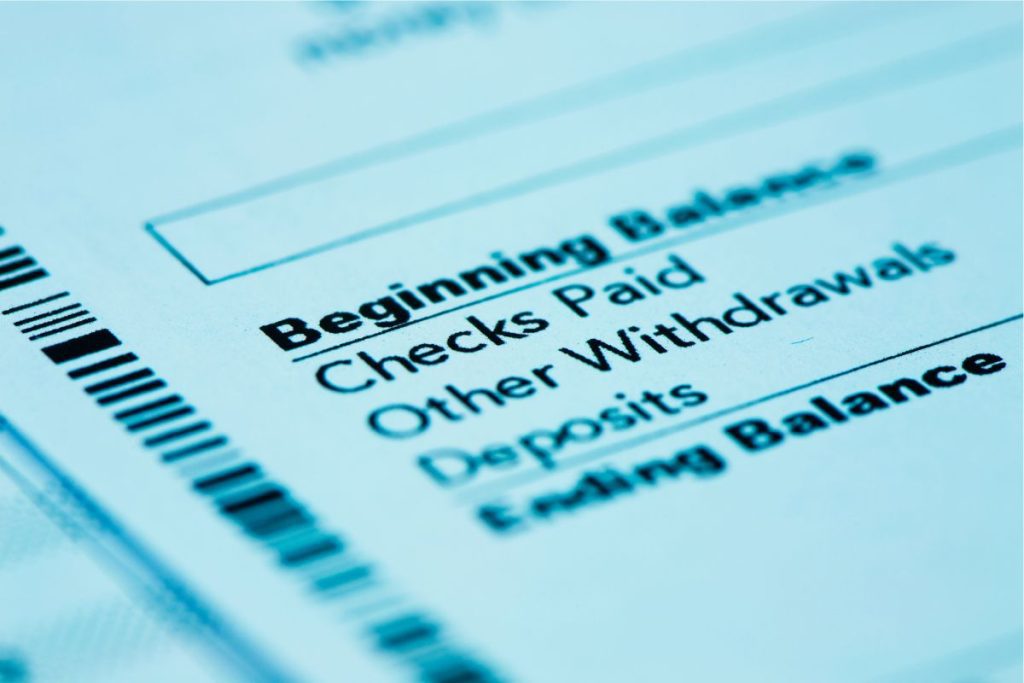Protect Yourself: Effective Steps to Prevent Identity Theft
You’ve heard horror stories about identity theft destroying people’s credit or worse. Although such crimes are so common, there are ways to protect yourself—and that doesn’t mean hiding your money under the mattress or making all purchases in cash. Try these highly effective steps instead.
1. Protect Your Social Security Number from Identity Theft
Do not carry your social security card with you. The only time you should have to show it is when filling out paperwork for a new job. Your SSN is the key to all your data, so keep the card in a safe place and only give out the number when it makes sense to do so. If you live in a state that still allows you to use your SSN for your license number, opt for a state-issued number instead.
2. Check for Skimmers
Skimmers are tiny devices that identity thieves attach to outdoor ATMs and other payment systems. Before putting your card in, wiggle the slot to be sure nothing is attached to it. Whenever possible, use indoor machines, which are typically more secure simply because people are around. Using Chip-enabled debit and credit cards is a better option. Fewer devices steal chip data than magnetic strip data in the U.S. Using a Wi-Fi-enabled credit card reader is one of the safest options if it’s offered.

3. Update and Strengthen Your Passwords
It seems like everything these days requires a password, and it’s easier on our brains to use the same one or two passwords. However, you want to be sure you’re changing your passwords regularly and using a combination of letters, numbers, and special characters to make it more secure. Try a password manager like LastPass or 1Password. Both password managers have strong password generators that create unique passwords for each online account. They are also two of the top password managers on the market right now. They are also comparable in terms of cost, functionality, and compatibility.
4. Be Aware of Your Public Profile
Can strangers see your birthday or family members on your Facebook or other social media profiles? Would you share that information if someone called you and asked the right questions or offered the right incentive? Take a few minutes to check the privacy settings on your social profiles, and use caution when speaking with people who call you and ask for information.
5. Watch Your Mail
One of the easiest ways for someone to steal your identity is to steal your mail. Free credit card offers and similar mailings are an identity thief’s dream. If you’re going out of town, have your mail held or ask a trusted neighbor to bring it in for you. Or take it a step further and opt out of all pre-screened credit card offers. Depending on your location, you may also be able to sign up for Informed Delivery so you’ll know what to expect in your mailbox every day. See even more tips on handling unwanted mail right here.

6. Love Your Shredder
Bank statements, pre-approved credit card offers, and similar documents should be shredded or burned to prevent identity theft by someone fishing them out of the trash or recycling bin.
7. Situational Awareness to Prevent Identity Theft
When shopping, be aware of your surroundings and take steps to protect yourself. Know where your wallet or purse is at all times, and always put your card back in the same place after every transaction. When entering your PIN, be sure no one can see the number, and don’t share your PIN or keep it on your card.
8. Protect Mobile Devices
Entering a password to access your phone can feel like a pain, but what happens if you drop your phone or forget it somewhere? If it’s not password protected and someone else finds it, it’s the perfect way for someone to start the process of becoming you.
9. Check Your Credit Report Annually
You’re allowed one free credit report yearly from the three major credit reporting bureaus. Take advantage of this and check for suspicious or incorrect information. If you watch your credit score, be alert for any significant change you can’t explain.
10. Monitor Your Financial Statements
Looking through bank and credit card statements only takes a few minutes. Be sure you recognize every charge – no matter the dollar amount. Also, check your health insurance statements to be sure you recognize each appointment and charge. Having someone else’s health records confused with yours could be a potentially life-threatening situation.

11. Don’t Give Out Personal Information
Unless you know who is asking and why, don’t share things like your Social Security Number, bank account, or date of birth.
12. Know Your Billing Cycles
If you have online billing, this is less of a concern. But if you get paper bills in the mail and notice one is late, contact the sender immediately.
13. Consider Freezing Your Credit Files
This prevents anyone from applying for and opening credit or utility services in your name. However, if you plan to apply for a loan, credit card, or new utilities, you must unfreeze it if you decide to take any of those actions, which can lead to delays. Credit bureaus have made the process a lot easier.
Taking these steps to protect yourself from identity theft may seem like a pain, but they’re far less frustrating than dealing with the fallout should someone try to become you.









